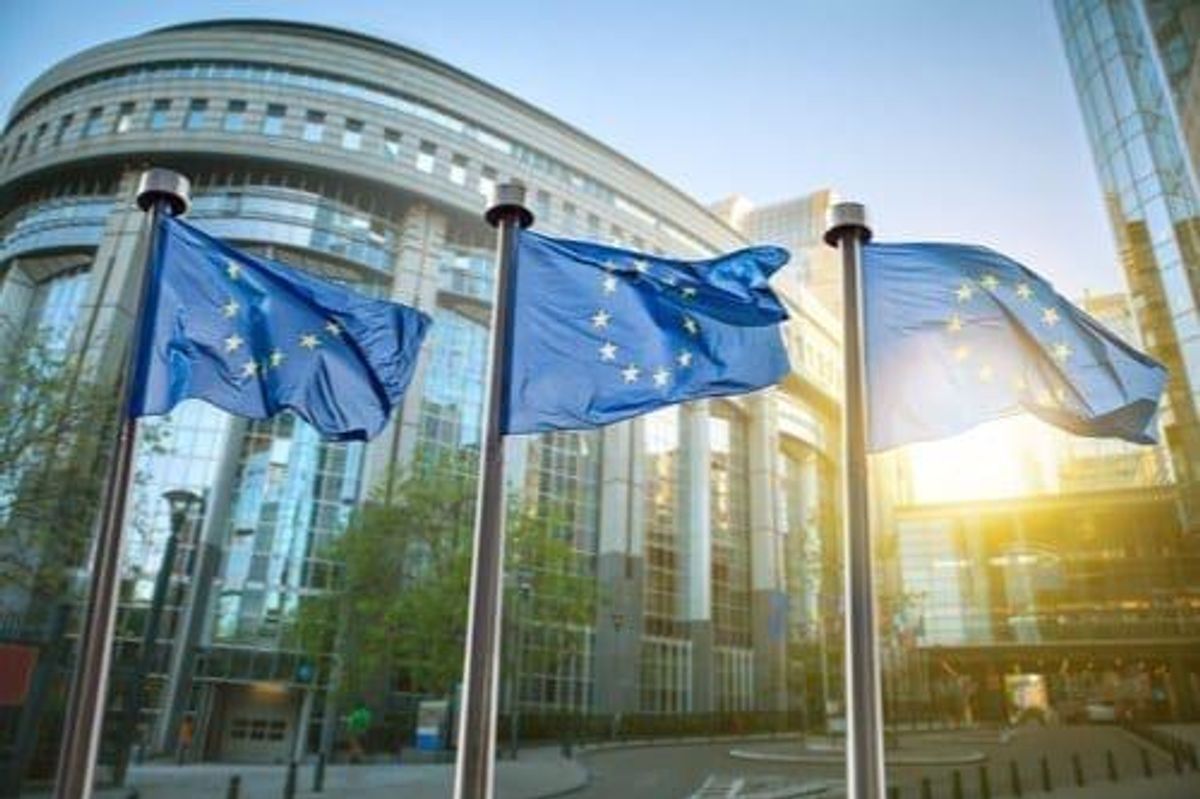Securing Battery Metals to Meet Europe’s EV Demand Not an Easy Task
Supplying Europe with domestic battery metals output for its EV demand will not be an easy task.

The buildout of lithium-ion battery supply chains has become a geopolitical matter, with western economies trying to play catch up with Asia at the same time as they try to reduce carbon emissions to reach their green goals.
In Europe, the European Commission has been moving ahead with proposals to ban internal combustion engine cars, and it is now looking to address the need for battery metals in its soon-to-be announced Critical Raw Materials Act.
Back in 2020, lithium was added to Europe’s critical raw materials list for the first time, joining other key battery metals such as cobalt and natural graphite. But the region is currently lacking any meaningful production of these key raw materials, despite the ever increasing push to build out regional supply chains to avoid being overly dependent on foreign countries.
“We see Europe requiring close to 800,000 tonnes of battery grade lithium chemicals by 2030,” Infinity Lithium’s CEO Ryan Parkin said during a panel at Fastmarkets’ European Battery Raw Materials conference. “Today, there's close to 700,000 tonnes globally. So there's going to be some fair challenges as we move forward within Europe to secure key raw materials and downstream conversion capacity.”
Also speaking at the event held in Barcelona in September, Sascha Keen of Savannah Resources said that securing lithium supply in Europe is certainly a challenging task.
“The currently known resources within Europe are not sufficient,” Keen said. “I think there’s an opportunity to grow those resources … if you added up all the European projects on an exploration basis, this could be a much more substantial supply, but either way we're going to need all these projects to come on stream.”
Similarly, Austin Devany of Piedmont Lithium (NASDAQ:PLL,ASX:PLL) said he doesn’t believe Europe can secure enough lithium to meet its demand.
“If you look at all the demand and supply forecasts, all of them are short — everyone sees a shortage for lithium materials,” Devany said. “It requires development of projects to build some level of self sufficiency so you can be not as reliant on other foreign countries, particularly adversaries who might use it as a weapon.”
For the chief commercial officer, Europe needs to focus not only on its mines, but also on building processing plants.
Another key EV battery material is cobalt, which Fastmarkets expects will continue to be an essential element in batteries and in EVs going forward.
“A lot of discussions looking at lithium-iron-phosphate cathodes are a headwind for cobalt, but there are still a lot of offtake agreements in place now, there are still automakers which are looking at including cobalt in their chemistries going forward, with nickel-cobalt-manganese being one of the favored chemistries in the western world,” Fastmarkets Battery Raw Materials Analyst Robert Searle said.
Today, about 70 percent of cobalt comes from the Democratic Republic of Congo, where mining has often been linked to human right abuses and child labour, and in coming years that supply number is expected to only strengthen.
“So it's not necessarily a case where we can say, we can look to quickly diversify or we can move away. Similarly, this extended investment that's going on in Indonesia, we are expecting more cobalt supply to come from there,” he said. “But again, there are still issues regarding environmental-social-governance in that country.”
In terms of securing graphite, which is essential to the anode side of EV batteries, the upcoming gigafactories in Europe will need anything from around 1 to 2 million tonnes of anode material in the next 10 years, according to George Frangeskides of GreenRoc Mining (LSE:GROC).
“So if you think about those four or five or six projects that are likely to come on stream, they are going to provide probably around 300,000 tonnes, so (there will be) a shortfall of anything from 700,000 to 1.7 million tonnes,” he said. “Clearly there is still going to be a need for Europe to get its graphite from somewhere else.”
Currently, about 95 percent of synthetic graphite comes from China; for natural graphite anode material, 100 percent of the refining capacity today happens in the Asian country.
Also speaking at the event in Barcelona, Joe Williams of Syrah Resources (ASX:SYR) said "there’s no way" Europe will be able to "get away" from China.
“China will remain key in the processing market, and it's very competitive there. So that's not going to change,” he said. “But we still should, of course, build that processing capacity through Europe locally.”
For miners, permitting continues to be a crucial challenge, as projects have been stopped for months before given the green light, if they are given it at all. In Europe’s battery metals sector, a prime example is Rio Tinto’s (ASX:RIO,LSE:RIO,NYSE:RIO) US$2.4 billion Jadar lithium project in Serbia — which the government blocked after massive environmental protests.
“Europe is very under-explored. So there are plenty of opportunities for raw materials to be found in Europe and elsewhere,” Massimo Gasparon of the European Raw Materials Alliance said. “So the supply itself is not the problem, the problem is the permitting, and that needs to be addressed and hopefully will be addressed in the (Critical Raw Materials) Act.”
Don't forget to follow us @INN_Resource for real-time updates!
Securities Disclosure: I, Priscila Barrera, hold no direct investment interest in any company mentioned in this article.
Editorial Disclosure: Piedmont Lithium is a client of the Investing News Network. This article is not paid-for content.
- Graphite Outlook 2022: Demand from Battery Segment to Remain ... ›
- Cobalt Outlook 2022: Rapid EV Growth to Drive Demand, Resilience ... ›
- Lithium Outlook 2022: Demand to Outpace Supply, Price Upside to ... ›
- Lithium Mining Projects in Europe ›
- Europe Needs Lithium, Where Will it Come From? ›






